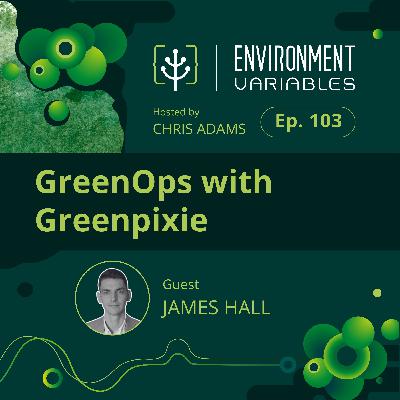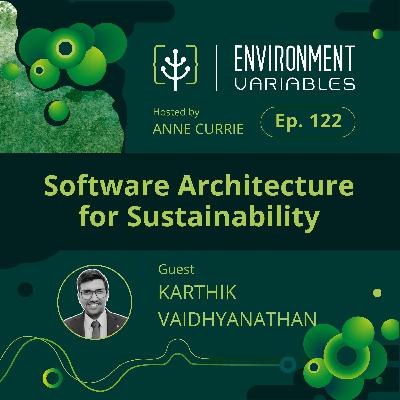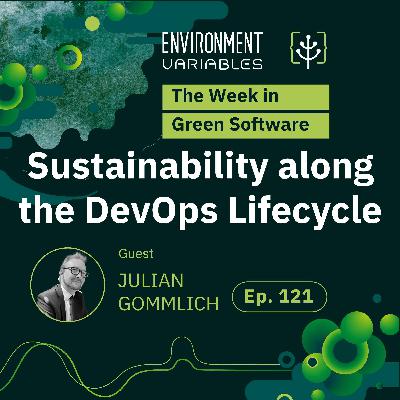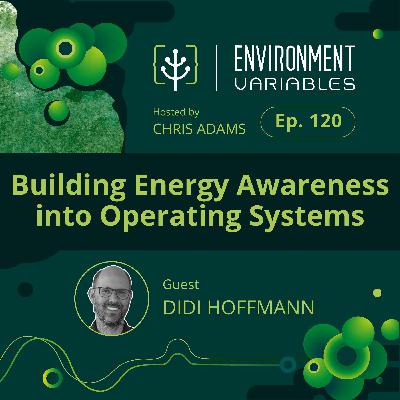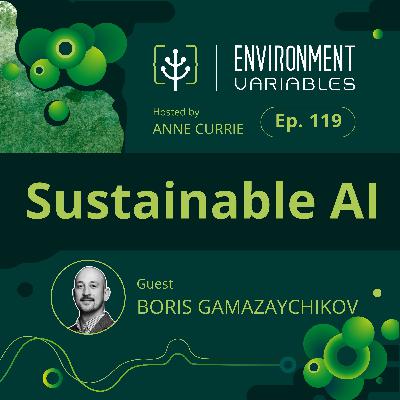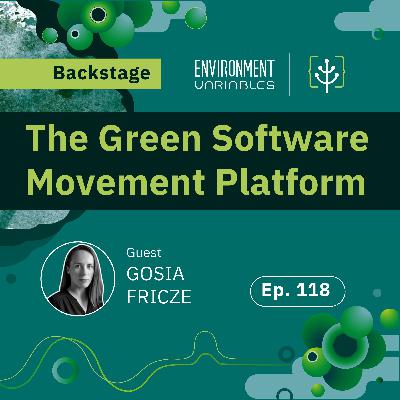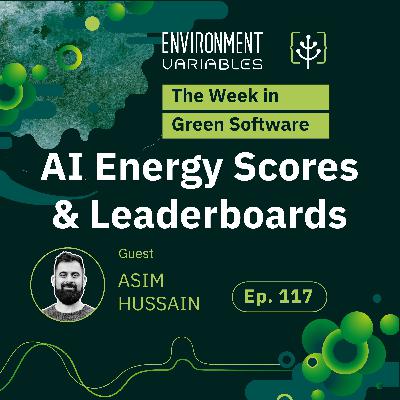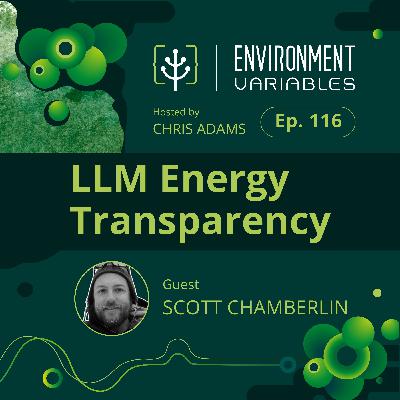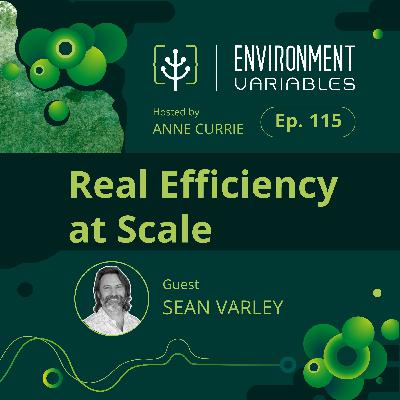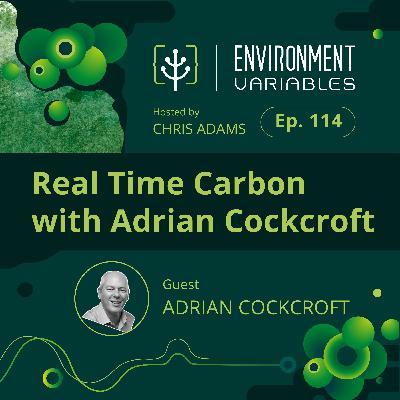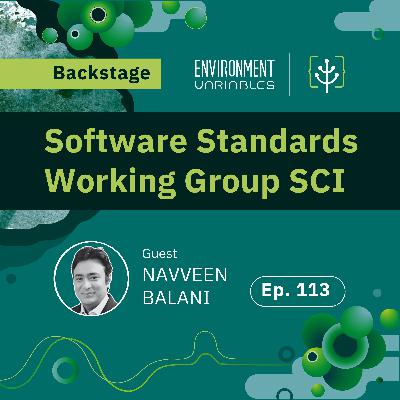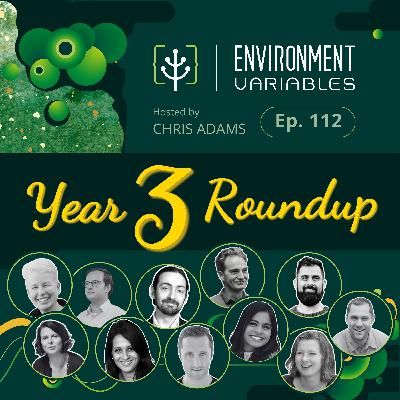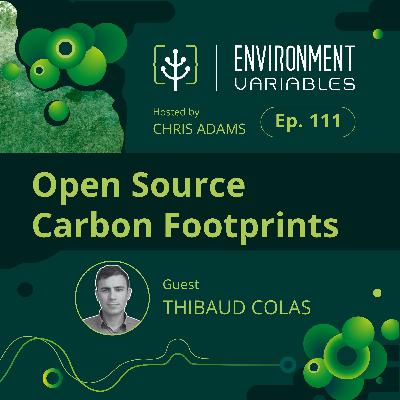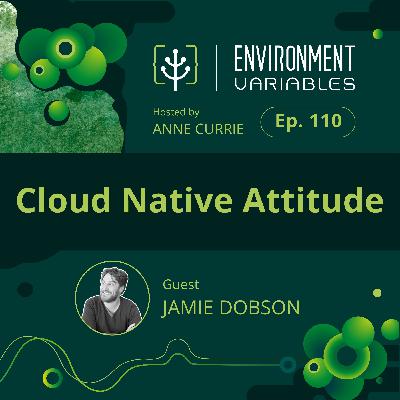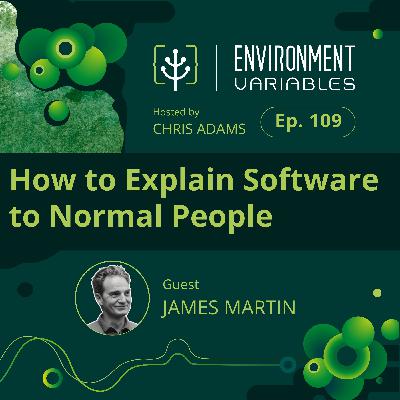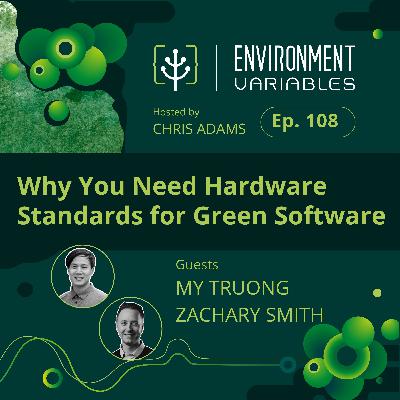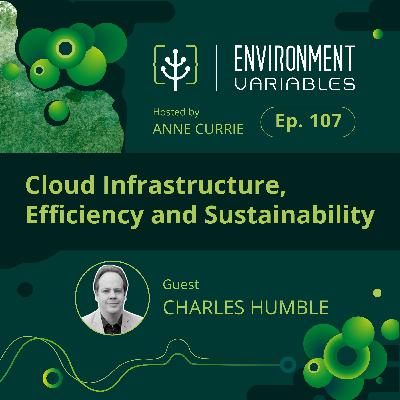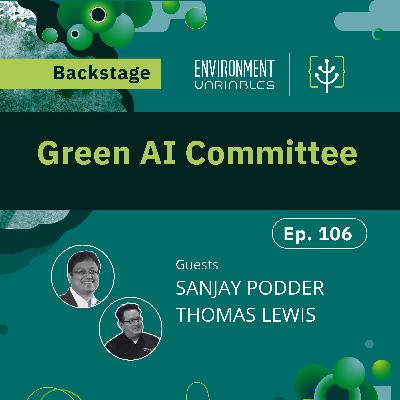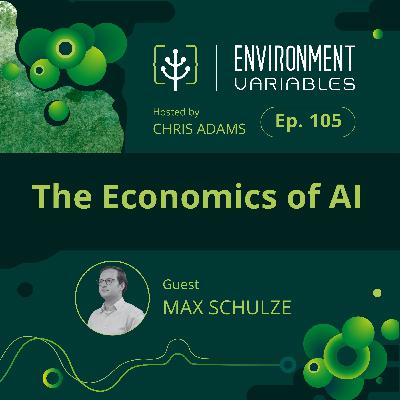GreenOps with Greenpixie
Update: 2025-04-10
Description
Host Chris Adams sits down with James Hall, Head of GreenOps at Greenpixie, to explore the evolving discipline of GreenOps—applying operational practices to reduce the environmental impact of cloud computing. They discuss how Greenpixie helps organizations make informed sustainability decisions using certified carbon data, the challenges of scaling cloud carbon measurement, and why transparency and relevance are just as crucial as accuracy. They also discuss using financial cost as a proxy for carbon, the need for standardization through initiatives like FOCUS, and growing interest in water usage metrics.
Learn more about our people:
Find out more about the GSF:
News:
- The intersection of FinOps and cloud sustainability [16:01 ]
- What is FOCUS? Understand the FinOps Open Cost and Usage Specification [22:15 ]
- April 2024 Summit: Google Cloud Next Recap, Multi-cloud Billing with FOCUS, FinOps X Updates [31:31 ]
Resources:
- Cloud Carbon Footprint [00:46 ]
- Greenops - Wikipedia [02:18 ]
- Software Carbon Intensity (SCI) Specification [05:12 ]
- GHG Protocol [05:20 ]
- Energy Scores for AI Models | Hugging Face [44:30 ]
- What is GreenOps - Newsletter | Greenpixie [44:42 ]
- Making Cloud Sustainability Actionable with FinOps
- Fueling Sustainability Goals at Mastercard in Every Stage of FinOps
If you enjoyed this episode then please either:
- Follow, rate, and review on Apple Podcasts
- Follow and rate on Spotify
- Watch our videos on The Green Software Foundation YouTube Channel!
- Connect with us on Twitter, Github and LinkedIn!
TRANSCRIPT BELOW:
James Hall: We want get the carbon data in front of the right people so they can put climate impact as part of the decision making process. Because ultimately, data in and of itself is a catalyst for change.
Chris Adams: Hello, and welcome to Environment Variables, brought to you by the Green Software Foundation. In each episode, we discuss the latest news and events surrounding green software. On our show, you can expect candid conversations with top experts in their field who have a passion for how to reduce the greenhouse gas emissions of software.
I'm your host, Chris Adams.
Hello and welcome to Environment Variables where we explore the developing world of sustainable software development. We kicked off this podcast more than two years ago with a discussion about cloud carbon calculators and the open source tool, Cloud Carbon Footprint, and Amazon's cloud carbon calculator.
And since then, the term GreenOps has become a term of art in cloud computing circles when we talk about reducing the environmental impact of cloud computing. But what is GreenOps in the first place? With me today is James Hall, the head of GreenOps at Greenpixie, the cloud computing startup, cloud carbon computing startup,
to help me shed some light on what this term actually means and what it's like to use GreenOps in the trenches. James, we have spoken about this episode as a bit of a intro and I'm wondering if I can ask you a little bit about where this term came from in the first place and how you ended up as the def facto head of GreenOps in your current gig.
Because I've never spoken to a head of GreenOps before, so yeah, maybe I should ask you that.
James Hall: Yeah, well, I've been with Greenpixie right from the start, and we weren't really using the term GreenOps when we originally started. It was cloud sustainability. It was about, you know, changing regions to optimize cloud and right sizing. We didn't know about the FinOps industry either. When we first started, we just knew there was a cloud waste problem and we wanted to do something about it.
You know, luckily when it comes to cloud, there is a big overlap between what saves costs and what saves, what saves carbon. But I think the term GreenOps has existed before we started in the industry. I think it, yeah, actually originally, if you go to Wikipedia, GreenOps, it's actually to do with arthropods and Trilobites from a couple million years ago, funnily enough, I'm not sure when it started becoming, you know, green operations.
But, yeah, it originally had a connotation of like data centers and IT and devices and I think Cloud GreenOps, where Greenpixie specializes, is more of a recent thing because, you know, it used to be about, yeah, well it is about how do you get the right data in front of the right people so they can start making better decisions, ultimately.
And that's kind of what GreenOps means to me. So Greenpixie are a GreenOps data company. We're not here to make decisions for you. We are not a consultancy.
We want get the carbon data in front of the right people so they can put climate impact as part of the decision making process. Because ultimately, data in and of itself is a catalyst for change.
You know, whether you use this data to reduce carbon or you choose to ignore it, you know, that's up to the organization. But it's all about being more informed, ignoring or, you know, changing your strategy around the carbon data.
Chris Adams: Cool. Thank you for that, James. You mentioning Wikipedia and Greenops being all about Trilobites and Arthropods, it makes me realize we definitely should add that to the show notes and that's the thing I'll quickly just do because I forgot to just do the usual intro folks. Yeah, my name's Chris Adams.
I am one of the policy director, technology and policy director at the Green Web Foundation, and I'm also the chair of the policy working group inside the Green Software Foundation. All the things that James and I'll be talking about, we'll do our best to judiciously add show notes so you can, you too can look up the origins of, well, the etymology of GreenOps and find out all about arthropods and trilobites and other.
And probably a lot more cloud computing as well actually. Okay. Thank you for that James. So you spoke a little and you did a really nice job of actually introducing what Greenpixie does. 'Cause that was something I should have asked you earlier as well. So I have some experience using these tools, like Cloud Carbon Footprint and so on to estimate the environmental impact of digital services. Right. And a lot of the time these things use billing data. So there are tools out there that do already do this stuff. But one thing that I saw that sets Greenpixie apart from some other tools as well, was the actual, the certification process, the fact that you folks have, I think, an ISO 14064 certification.
Now, not all of us read over ISO standards for fun, so can you maybe explain why that matters and what that actually, what that changes at all, or even what that certification means? 'Cause, It sounds kind of impressive and exciting, but I'm not quite sure, and I know there are other standards floating around, like the Software Carbon Intensity standard, for example.
Like yeah, maybe you could just provide an intro, then see how that might be different, for example.
James Hall: Yeah, so ISO 14064 is a kind of set of standards and instructions on how to calculate a carbon number, essentially based on the Greenhouse Gas Protocol. So the process of getting that verification is, you know, you have official auditors who are like certified to give out these certifications, and ultimately they go through all your processes, all your sources, all the inputs of your data, and kind of verify th
Comments
In Channel

